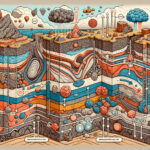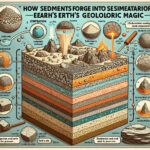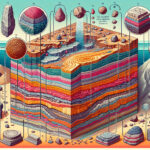Introduction to Sedimentary Rocks
Sedimentary rocks may not make headlines like their igneous and metamorphic cousins, but they’re the silent storytellers of our planet’s history. In a way, they’re like the pages of Earth’s diary, patiently recording the tales of times long past. What’s most fascinating about these rocks is not just their origins, but the extraordinary journeys they embark upon, transforming in ways that could put any shapeshifter to shame.
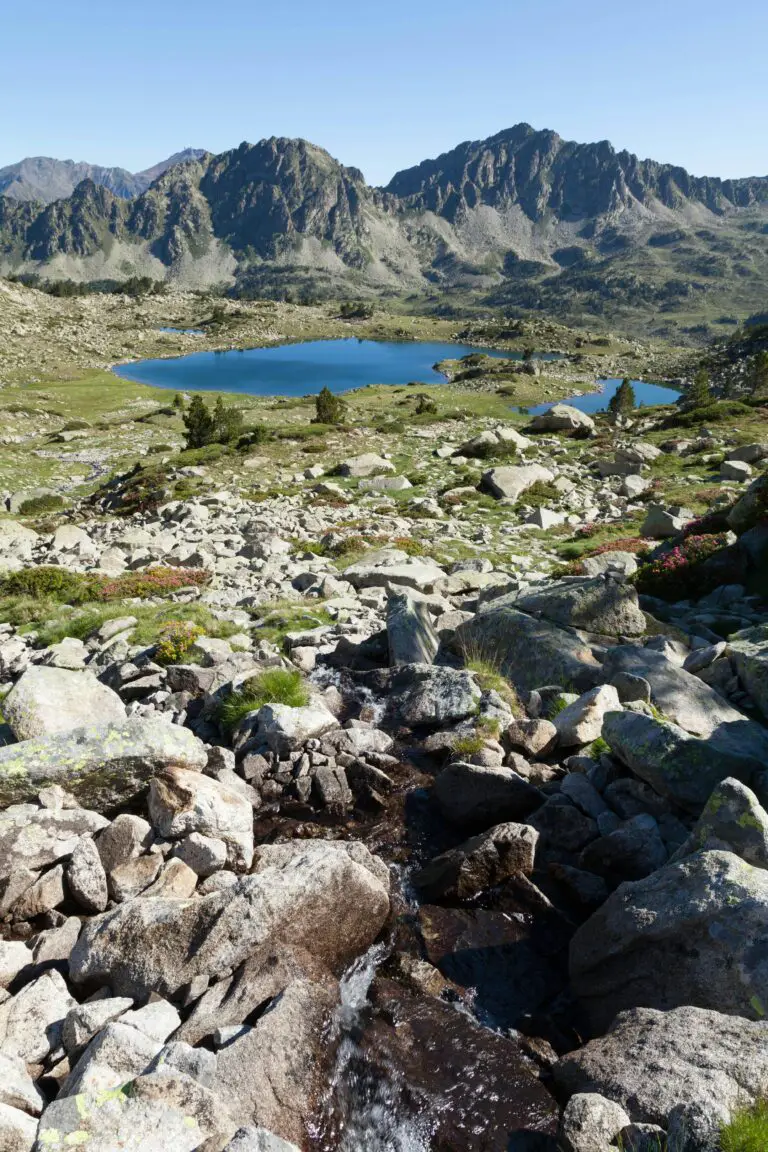
Let’s kick things off by asking, what exactly are these grainy memoirs of the Earth? Sedimentary rocks are born from particles known as sediments – think of them as Earth’s loose change, scattered across river beds, oceans, and deserts. Over the eons, these particles get pressed and glued together in a process known as lithification, forming rocks that are often layered like lasagna and can be as resilient as time itself.
The significance of these rocks cannot be overstressed. They are crucial to our understanding of earth sciences and, believe it or not, play a critical role in our daily lives. From building materials to reservoirs of fossil fuels, sedimentary rocks quietly underscore human civilization.
Now, you may wonder, “Do these rocks just sit there looking pretty, or do they have a more dynamic role?” Absolutely, they change! The transformation of sedimentary rocks is not just about aging gracefully; it’s a complex narrative dictated by the environment, pressure, temperature, and time. We’re going to delve into this geological saga, exploring how sedimentary rocks evolve, adapt, and even completely reinvent themselves over time.
Curious to know more about their rocky road of transformation? Well, they are the ultimate shape-shifters, morphing through processes such as cementation, compaction, and recrystallization. And if you think rock life is static, think again. Sedimentary rocks can end up kilometers deep under the Earth’s surface or perched on a cliff, overlooking the grandeur of a mountain landscape. It’s a continuous cycle, a relentless dance between forming, deforming, and reforming; a true testament to nature’s complexity and grandeur.
As you continue exploring on our site, you might discover how these processes reveal the age-old secrets of Earth’s past environments – a treasure trove for scientists and rock enthusiasts alike!
The Birth of Sedimentary Rocks: Sediment Formation
Imagine a mountain weathered by the relentless kiss of rain and the heaving push of wind – a narrative that unfolds over eons, etching stories into stone. This scene is the very blueprint of sedimentary rock genesis. We bear witness to the initial chapter in this fascinating geological journey as it is whispered across landscapes far and near.
At the heart of this story are the processes of weathering and erosion, those powerful, sculpting hands of nature that slowly disassemble mountain might into mere grains of sand. When you hold a pebble or sift sand through your fingers at the beach, consider this: Each grain is a traveler on a vast geological voyage from solid rock to loose sediment. It’s a saga of transformation fueled by the elements themselves—a saga beautifully chronicled in the tale of weathering and erosion.
As we journey further, we see how the Earth’s artistry manifests through sediment transport. Meandering rivers act as conveyor belts, moving these products of geological weathering from their mountain nursery to their final settling places. These clusters of sediments, coalescing in peaceful river beds and dynamic ocean floor, are the precursors to sedimentary rock formation. Without these pioneering particles, there would be no sandstone cliffs to climb, no layers of shale to decode the Earth’s ancient history.
The creation of sedimentary rocks is a tale spun from the smallest minerals to the mightiest landforms. It’s a narrative we are all a part of, for the ground beneath our feet is the stage upon which this time-tested story of sedimentation unfolds.
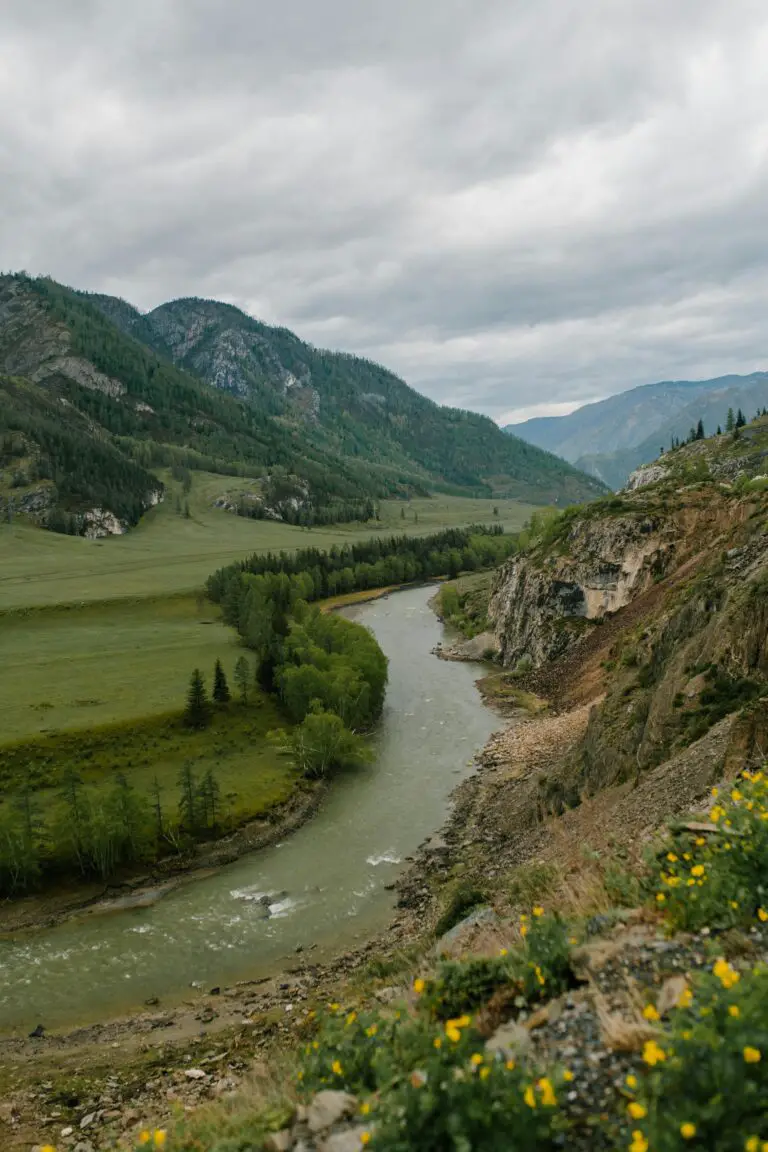
Lithification: Turning Sediment into Rock
Imagine you’re strolling along a tranquil beach, your feet sinking slightly into the wet, grainy sand with every step you take. Now, think about that same sand getting packed down and bound together over thousands, if not millions, of years. That’s lithification in a nutshell—it’s like nature’s way of doing arts and crafts, except instead of paper and glue, it uses layers of sediment and the weight of the world!
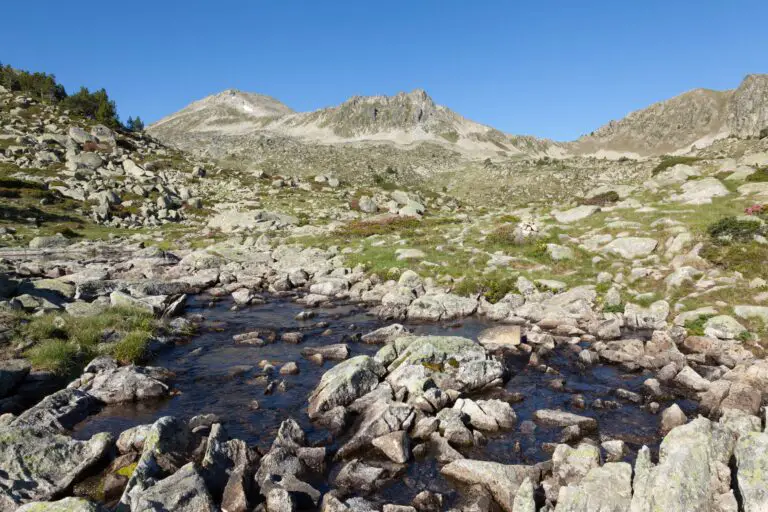
Lithification is the geological rite of passage where loose, unconsolidated sediment is transformed into solid, majestic sedimentary rock. This mighty process of Mother Nature’s alchemy involves two major players: compaction and cementation.
Picture a snowball fight, but with sediments. As sediments pile up, they start to press down on each other—similar to how you would pack a snowball. This is compaction: the sediments are squeezed together by the weight of new layers, expelling water and reducing space between particles.
Next comes cementation, which is as cool as finding a hidden piece of ancient pottery in your backyard. Minerals dissolved in water act like a natural superglue, crystallizing and binding the compacted particles together. And voilà! You now have sedimentary rock that could one day be part of a grand canyon or a mysterious fossil-laden cliff.
These processes don’t just create a rock; they narrate the epic story of Earth’s history. With each layer of sediment that gets turned into rock, clues about our planet’s past environments are captured and preserved. It’s this ability to hold secrets from millions of years ago that makes sedimentary rocks the silent storytellers of geology. Kind of amazing, right?
Sedimentary Rock Features and Classification
Ever wondered what stories are hidden within the layers of the Earth? Well, sedimentary rocks are like history books, each stratum narrating a different era. These rocks come about in various flavors, and geologists classify them into three broad categories: clastic, chemical, and organic. Let’s dive in and get acquainted with each type!
Clastic: The Puzzle Pieces of Rock
Imagine you’re walking along a river and notice a patchwork of rocks and grains under your feet. These fragments didn’t just miraculously appear there; they’ve traveled far and wide, borne by wind, water, and time. Clastic sedimentary rocks are like these river sediments – they’re born from the broken pieces of other rocks that, over time, compact and cement together.
Chemical: Nature’s Chemistry Set
Then, we stumble upon the mysterious concoctions of the mineral world – chemical sedimentary rocks. Picture a tranquil lake where water evaporates, leaving behind mineral deposits that whisper tales of the elements’ dance. These rocks form from the leftovers – the dissolved minerals that precipitate out of solution, like the rings of salt inside a dried-up tide pool or the travertine terraces of hot springs.
Organic: The Circle of Life Turned Stone
Organic sedimentary rocks remind us of life’s cycle, a testament to past life that has settled into the Earth’s layers. Think about the grand limestone cliffs that tower over you, etched from millions of years of accumulated marine creatures, or the coal seams that power our world, compressed from forests’ lushness that thrived eons ago.
These rock types are the pieces of a giant jigsaw puzzle, each with distinctive features to identify them. Clastic rocks have grainy visages, akin to sandpaper. Chemical ones boast crystalline facades, sparkling in the light. Organic rocks, often rich in fossils, carry imprints of life once vibrant.
Still curious about how these rocks come to be and what makes them so unique? Check out this video titled “Common Features of Sedimentary Rocks“:
Each type of sedimentary rock holds a chronicle of how conditions on Earth have changed. These insights into our planet’s past inform us of how sedimentary rock formation can record the ebb and flow of seas, the wandering of rivers, and even the breathing of ancient life forms.
Study sedimentary rocks closely enough, and you’re sure to uncover the fascinating tales of Earth’s history. Next time you encounter a sedimentary rock, take a moment to ponder its journey, the titanic forces that shaped it, and the saga that it’s silently narrating right beneath your feet.
The Ongoing Change: External Forces
Picture the grand canyons and the jagged cliff faces by the seashore—these are storytelling stones, whispering tales of the ages past. Sedimentary rocks, the Earth’s historical archives, are far from static. Beneath their layered compositions, they are subjected to the never-ending edits of Mother Nature. Let’s dig into the exquisite ways these rocks change, morph, and even reinvent themselves under the relentless tutelage of external forces.
Imagine rain trickling down a steep slope, carrying with it pieces of the past as it weathers away the face of a sedimentary rock. This isn’t just any rain; it’s a sculptor, an artist. With each drop, a tiny fragment is tweaked, repositioned, or swept away altogether, gradually transforming what was once a settled layer into a canvas of new potential. 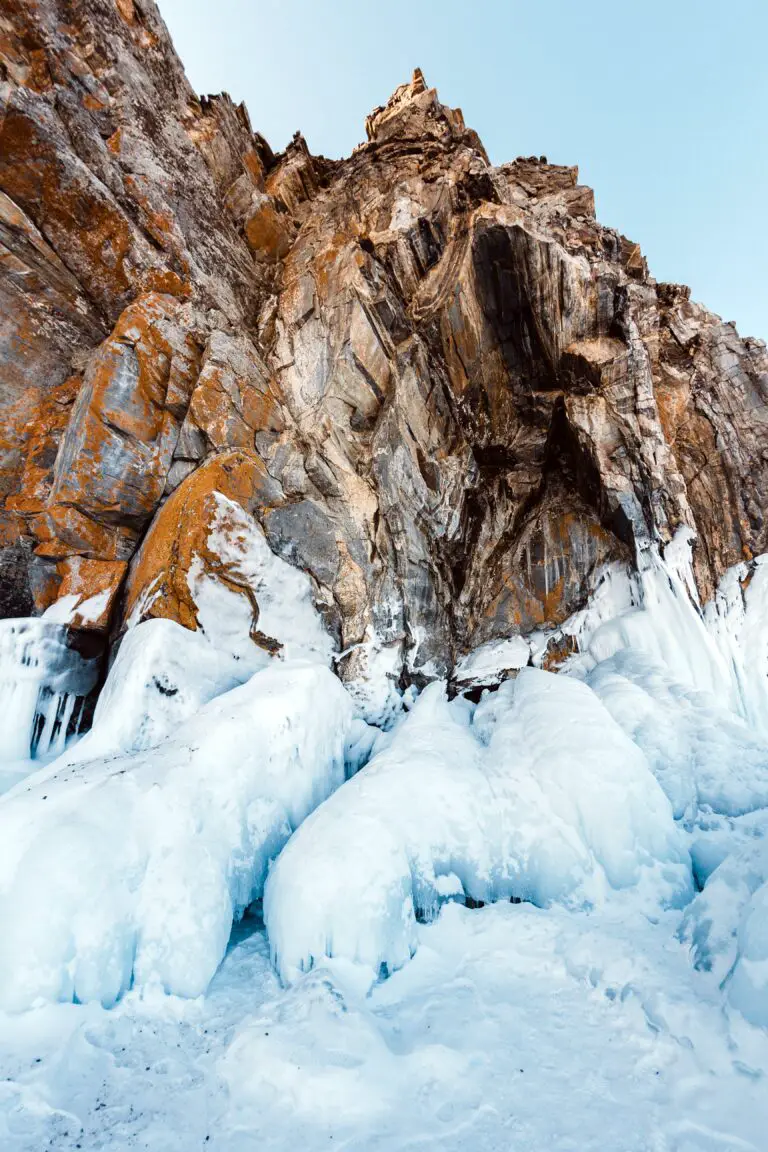
Envision rivers, those persistent travelers, which carve their paths along the soft rock beds, taking the grains on journeys far from their birthplaces. This is the dance of erosion and deposition—an intricate performance where sedimentary rocks shed their grains like old skin only to clothe riverbeds elsewhere in these dusty remnants.
Now, picture the extremes—freezing temperatures causing rock to crack and bloom like frost flowers, or the scorching sun coaxing sediments to expand and contract until they reach their breaking point. Even something as delicate as a gentle breeze can participate. Rustling leaves become background music to the slow but steady sifting of sand blowing across rock, steadily sanding it down in its wake.
Constantly, without respite, sedimentary rocks are on the receiving end of nature’s touch—water, wind, temperature variations all play their part in this grand redesign. It’s a chemical and physical workshop where the materials are leached, new minerals precipitate, and the very essence of the rock might alter, leading to new forms, colors, and structures.
As you witness these rocks evolving—whether it’s in your backyard, a nationwide park, or along a distant shore—it’s vital to appreciate the dynamic artistry at play. Engage with the landscape around you and you’ll discover that you’re not just looking at rocks; you’re observing the pages of Earth’s great, ongoing diary.
Metamorphism: The Transition to New Rock Forms
Imagine you’re holding a piece of sedimentary rock—let’s say, a sandstone. Now, picture that sandstone embarking on an incredible journey deep beneath the Earth’s surface, where it’s about to get a serious makeover. This process, my friends, is called metamorphism, and it’s like a VIP backstage pass for rocks to become something new and exciting: metamorphic rocks!
Think of the Earth as a colossal pressure cooker, and sedimentary rocks are the ingredients we’re cooking up. When these rocks get buried under kilometers of Earth’s crust, they’re subjected to intense heat and pressure, not to mention a dash of mineral-rich fluids. It’s this combination that kickstarts the metamorphic transformation. Kind of like how a caterpillar turns into a butterfly, except with a lot more squeezing and heating up.
One real-life example is the transformation of shale, a common sedimentary rock, into slate. With enough heat and pressure, the tiny clay particles in shale realign and bind together, stepping up their game to become the slate we use for stylish roofs and trendy chalkboards.
Now, I know what you’re thinking, “How much pressure are we talking about?” Well, imagine stacking a few dozen SUVs on top of a slab of shale—yep, that’s the ballpark we’re playing in. It’s this kind of pressure that squishes sedimentary rocks together, marrying their minerals into an entirely new rock family.
And when it comes to heat, we’re not baking cookies here; it’s more like forging swords in the fires of Mount Doom. But it’s not just about cranking up the thermostat; the type of minerals that hop on the metamorphic rock bandwagon really depends on the temperature.
Here’s the cool part: different conditions lead to a whole lineup of metamorphic rock stars. Take marble, for example. It starts out as limestone, basking in the sun and surf. But once given the metamorphic spa treatment, it comes out luxurious and ready to adorn your countertops. It’s all thanks to those conditions underground that are precise enough to make a Swiss watchmaker jealous.
So there you have it—sedimentary rocks are not just sitting around gathering moss. Give them the right push, and they’ll step up to metamorphic greatness, ready to rock the world with their new look!
The Internal Factor: Tectonic Activity
Let’s delve beneath the surface of the Earth and uncover the tale of transformation that sedimentary rocks undergo due to the colossal force of tectonic activity. Imagine our planet as a giant jigsaw puzzle, with plates of the Earth’s crust fitting together in a dynamic dance. Sometimes, these plates collide, sometimes they slide past one another, and at times, they drift apart.
But what does this mean for sedimentary rocks? Picture the layers of these rocks as pages in a history book, with each page telling a story of past environments, times when calm seas or roaring rivers deposited sand, silt, and clay. Now, envision these pages being thrust deep into the Earth, where they encounter the immense heat and pressure from within. This is where sedimentary rocks truly begin to evolve.
Pressure and Heat: The Recipe for Change
In these intense conditions, our sedimentary ‘history book’ starts to warp and transform. The once-flat layers can become folded and fractured, developing a rugged new character. Meanwhile, heat works its hand in recrystallization, changing the minerals within the rocks without melting them entirely. This is how, over millennia, those sedimentary rocks can become something entirely new: the hardened, often more crystalline metamorphic rocks. For instance, the humble shale can metamorphose into slate, the flooring and roofing material valued by builders throughout the ages.
These metamorphic rocks then tell a new chapter in the Earth’s geological history, speaking of depths, pressures, and temperatures that you and I can hardly fathom. And sometimes, in the grandest of geological theaters, like the formation of the grand mountain ranges, those transformed rocks are hoisted up by tectonic forces, exposing their transformed beauty for us to see and study.
But let’s not just imagine it; let’s get a visual! Below is a video that will walk us through some amazing real-life examples of how sedimentary rocks are altered through the artistry of tectonic movements:
Through this intricate process, the deep workings of the Earth tirelessly craft the rock formations we see today. The study of these changes helps us comprehend the complex interactions between the Earth’s interior and its surface, further deepening our respect and awe for the relentless forces that continue to shape our planet.
Sedimentary Rocks as Historical Records
Have you ever wondered what Earth’s ancient environments looked like? Well, believe it or not, the answers might be stacked beneath your feet, layer by layer, in the colorful pages of sedimentary rocks. These rocks aren’t just stones; they’re time capsules, holding secrets of colossal mountain ranges that have weathered away, rivers that shifted course millions of years ago, and vast deserts that have become seas. By deciphering these rocky archives, we unravel the mysteries of Earth’s past climates and environments.
Imagine holding a piece of sandstone. Its very existence tells a story starting hundreds of millions of years ago, perhaps in an environment like the Sahara Desert. Over time, these tiny grains of sand were buried and glued together into rock. Eventually, that rock might find itself part of a grand mountain range. But the tale doesn’t end there! Given enough time, that mountain might erode, sending the sandstone’s grains on yet another adventure, to be laid down anew in sedimentary layers. It’s an epic geological recycling story!
Sedimentary rocks also bear witness to the comings and goings of ancient organisms. Some, like limestone, are predominantly composed of the calcium carbonate remains from sea creatures. A limestone cliff, then, is essentially an accumulative graveyard, where each creature plays its small but significant role in building something astonishing over aeons. It’s astounding to think that a majestic rocky outcrop can owe its existence to the tiny lives of organisms that lived an ocean away and an era ago.
As conditions on Earth have shifted, sedimentary rocks chart the changes. Layers rich in coal signal lush, swamp-like conditions with vast amounts of plant life, while reddish strata might hint at drier, oxidized conditions. By piecing together these clues, geologists reconstruct eons-old environments. Every band of color, every ripple mark and mud crack paints a vivid picture of our planet’s dynamic evolutionary saga.
So the next time you’re out hiking and set foot on a sediment rock, pause for a moment. You’re not just standing on a rock; you’re standing on the pages of Earth’s diary. A storybook authored by time itself, waiting for curious minds to read its ancient tales.

Capable of preserving dinosaur footprints, raindrop impressions, and even ripples formed by ancient shorelines, these rocks are Mother Nature’s own history books. Sedimentary layers are like snapshots in geological photo albums, and as we flip through them, we discover the Earth’s incredible ability to shift, transform, and evolve. With every new layer we examine, we peel back another chapter in our planet’s fascinating history, a tale millions of years in the making.
Conclusion
As we’ve delved into the dynamic world of sedimentary rocks, it’s clear that their changes are not merely a chapter in a dusty geology textbook – they are alive, shaping our world’s surface in a perpetual dance with the elements. As agents of time, sedimentary rocks narrate Earth’s geological saga through layers and textures that whisper tales of ancient environments. Their transformations, from loose sediments to solid rock and back again, are a testament to the planet’s restlessness and creativity.
Imagine walking along a tranquil beach, where the sand beneath your feet holds the potential to become a solid rock layer that may one day be thrust upward to form a majestic mountain range. Picture a river, tirelessly ferrying grains that will settle, compact, and cement together in a silent underwater ceremony. These scenes are far from static; they’re snapshots of a geological process in progress, a slow yet relentless symphony of change.
These sedimentary transformations don’t just stand as a scientific curiosity; they record Earth’s history, guide natural resource explorers, and even act as environmental sentinels. The impact of sedimentary modifications sculpts our landscapes, influencing habitats and ecosystems. As such, they hold a mirror to the past and a lens to the future, enabling us to read the environment’s pulse and anticipate its needs.
Even as we speak, the story of sedimentary rocks continues. They don’t change in isolation – every alteration echoes through the rock cycle, reminding us of our planet’s vibrant interconnections. With each layer, with each mineral grain that finds its resting place, sedimentary rocks are crafting the foundation of new worlds to come.
For a visual journey into the heart of these changes, take a moment to watch this insightful video:
As we wrap up our exploration, it’s clear that understanding how sedimentary rocks change isn’t just an academic pursuit; it’s a window into the rhythms of Earth itself, a planet that never ceases to evolve, transform, and inspire. So the next time you encounter a seemingly inert stone, remember the vibrant geological choreography it represents – a dance of elements spanning millions of years, a narrative inscribed in mineral and form.
Frequently Asked Questions
Ever wondered how the sedimentary rocks under your feet have transformed over time? Let’s dive into some frequently asked questions that unveil the rocky journey sedimentary rocks go through!
What sparks the change in sedimentary rocks?
Picture this: you’re at the beach, waves crashing, and sediments tumbling over in the surf. Over time, these tiny grains may get packed together, forming sedimentary rocks. But that’s just the start! From immense pressure deep in Earth’s layers to the chemicals in water percolating through them, sedimentary rocks undergo a fantastic metamorphosis!
Can you give an example of sedimentary rocks changing in nature?
Imagine you’re hiking in the Grand Canyon, admiring the epic layers of rock. Those layers are pages of Earth’s history book; stacked and compacted over eons, they turn from mere sediments into the majestic sandstone and limestone cliffs that tower over us.
How long does it take for a significant transformation?
It’s like watching paint dry but over a much, much longer timescale. We’re talking thousands to millions of years for sediments to cement into rock and even longer to morph into new forms. Geology is not for the impatient!
Is water the only agent of change for these rocks?
Think of water as a sculptor, but there are others at play too. Wind can whisk away grains, slowly reshaping formations, while chemical reactions within the rocks can alter them from the inside out.
Do all sedimentary rocks follow the same change process?
Just as no two snowflakes are alike, each sedimentary rock has its unique pathway and story. The conditions they endure, like the pressure and temperature, dictate their individual tales of transformation.
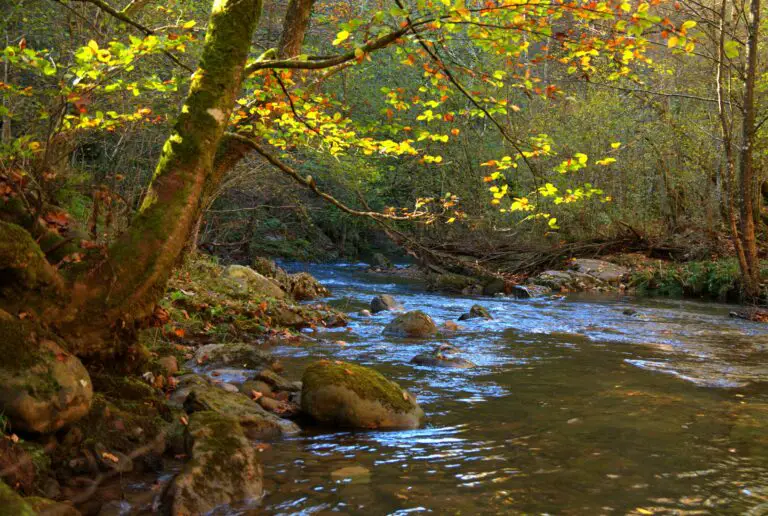
Can human activities influence how sedimentary rocks change?
Yes, our footprint on Earth is unmistakable. From the erosion caused by deforestation to the chemicals we introduce into the environment, we can accelerate or impede the natural processes that change sedimentary rocks.
Could we see these changes in our lifetime?
While significant geological changes are usually beyond the human timescale, some small-scale alterations are visible. Coastal erosion can sometimes reveal the transformational process in action, although it’s just a snapshot of the grander geological epic.
Through these questions, we’ve explored the dynamic nature of sedimentary rocks, reminding us that even the ground beneath us has a story of change and evolution, one that spans the breadth of time.
